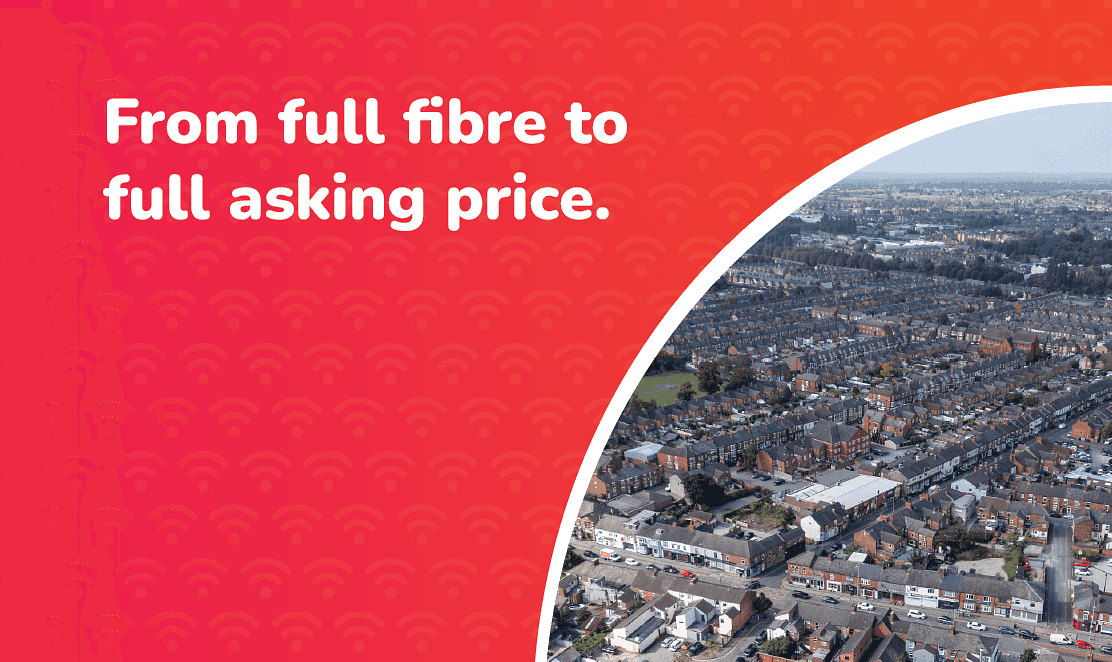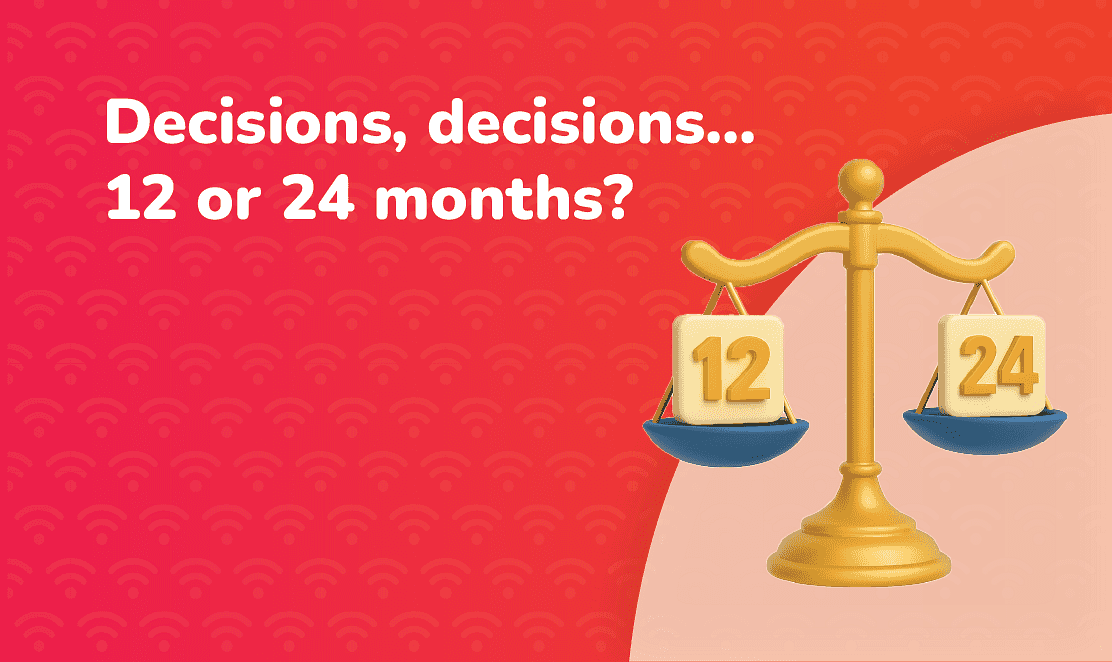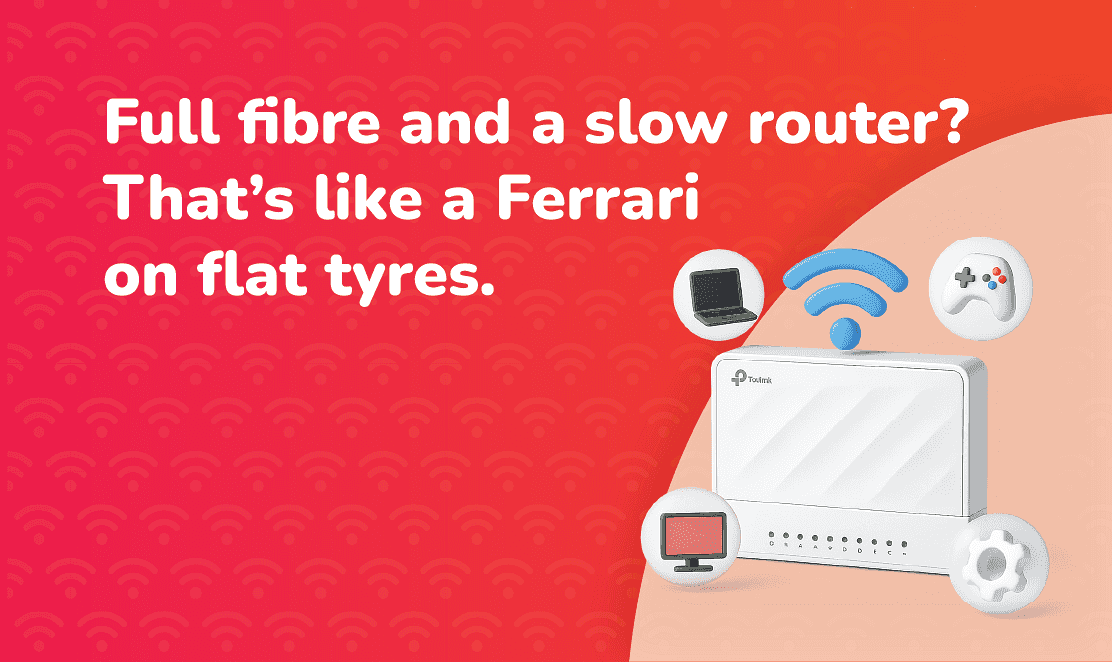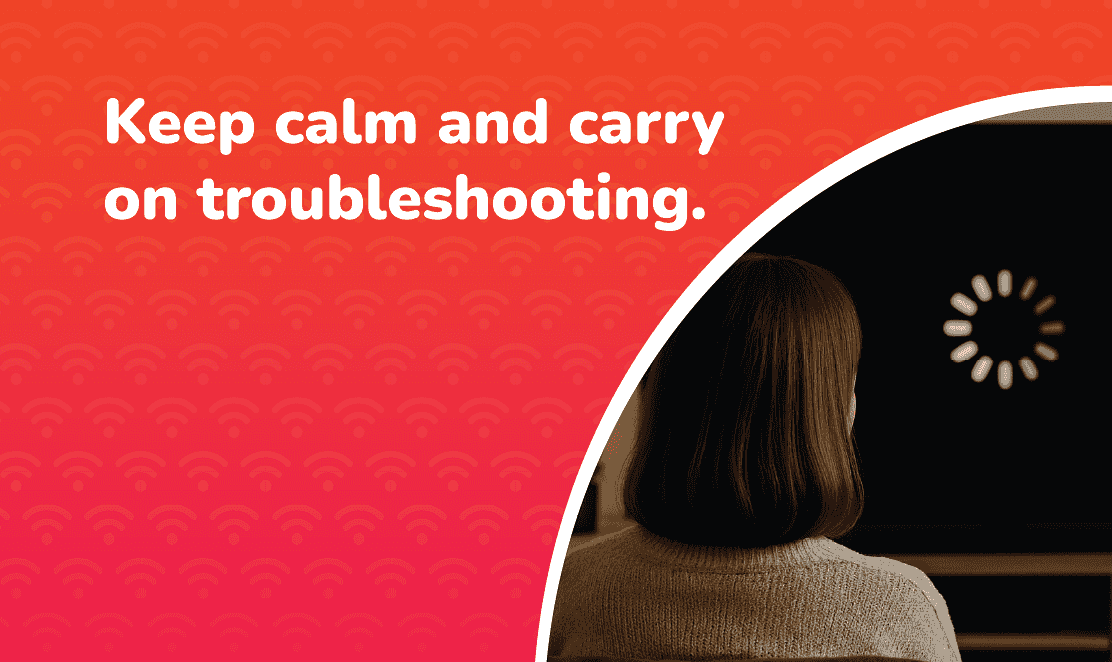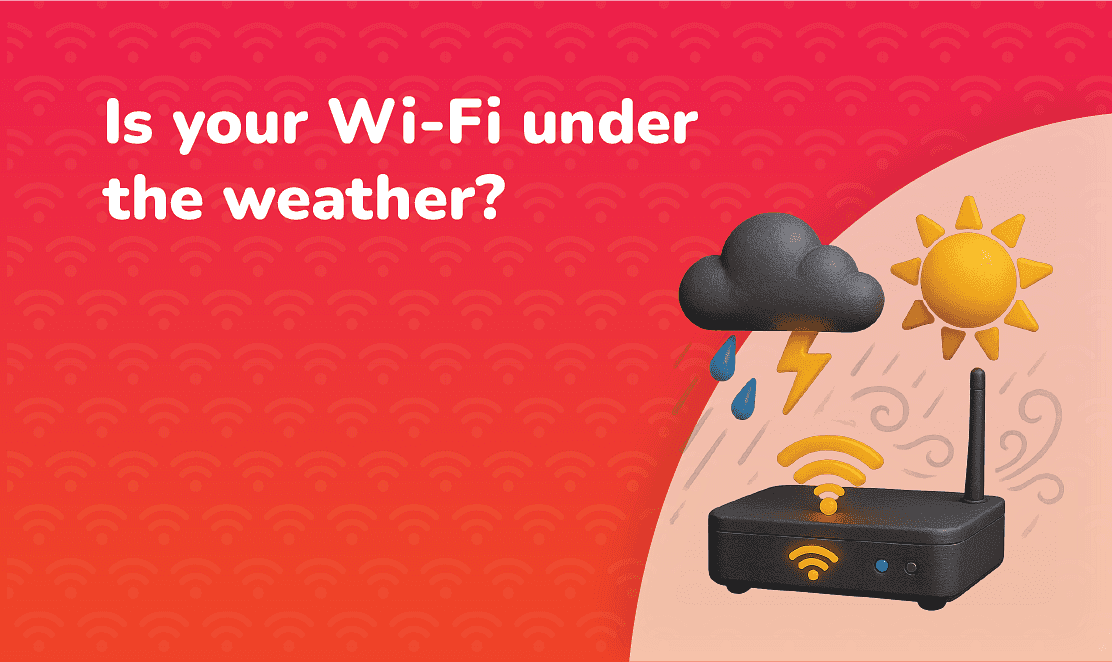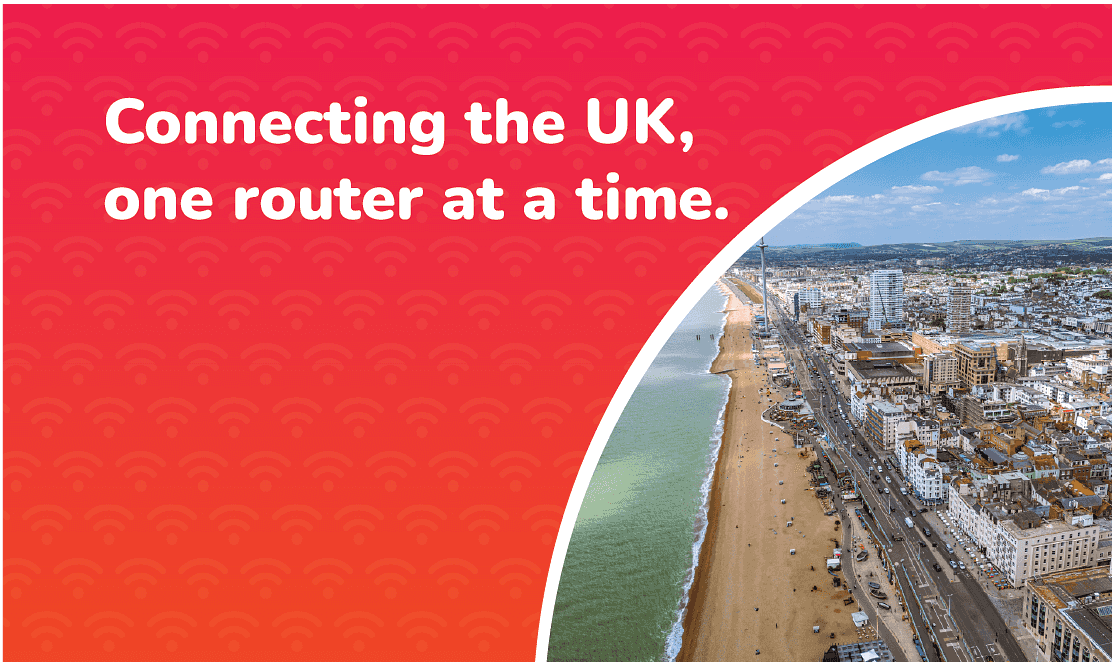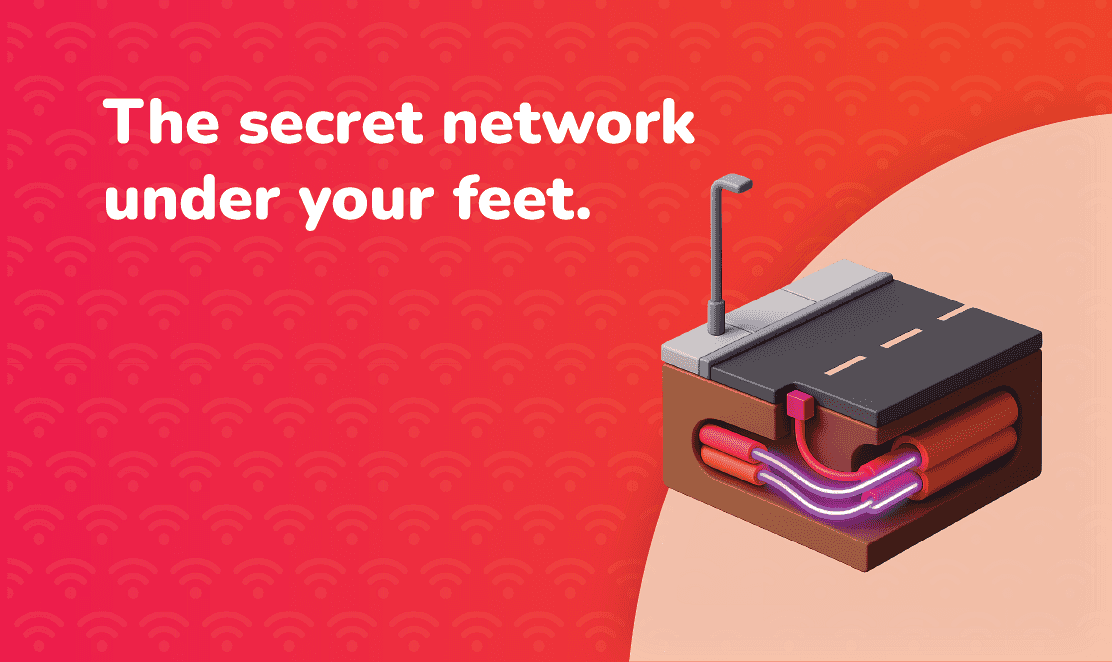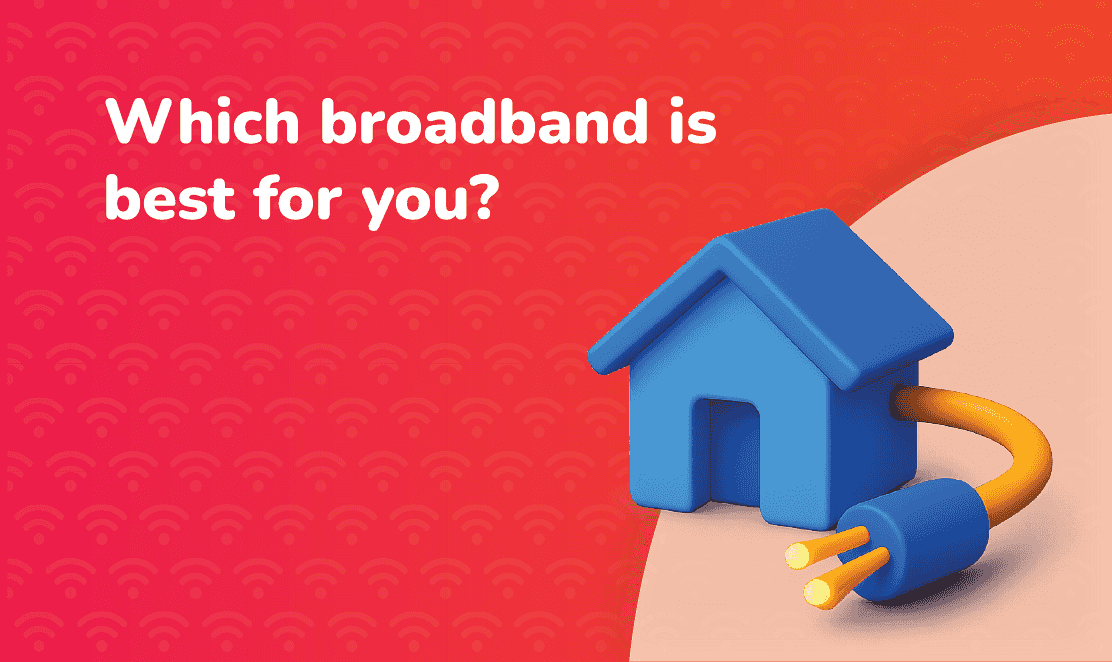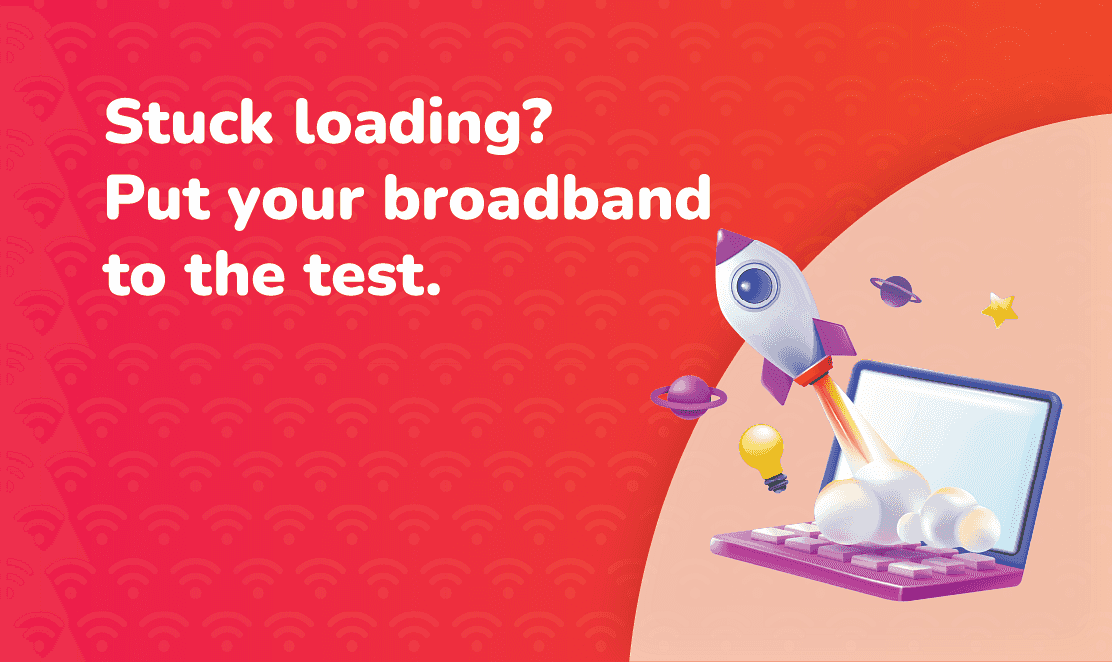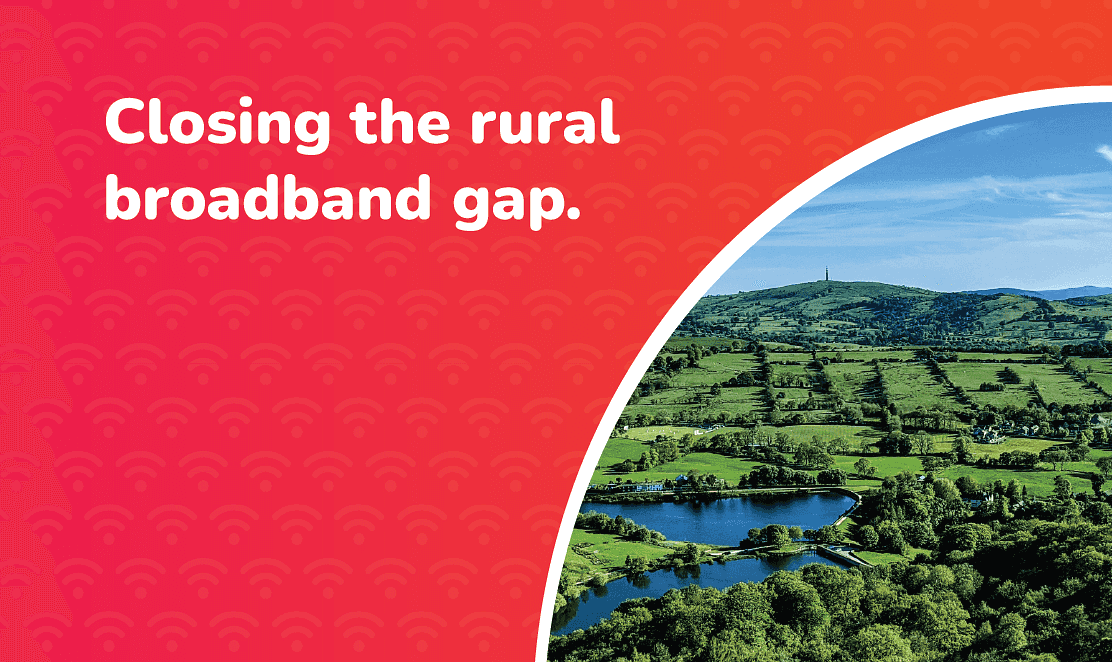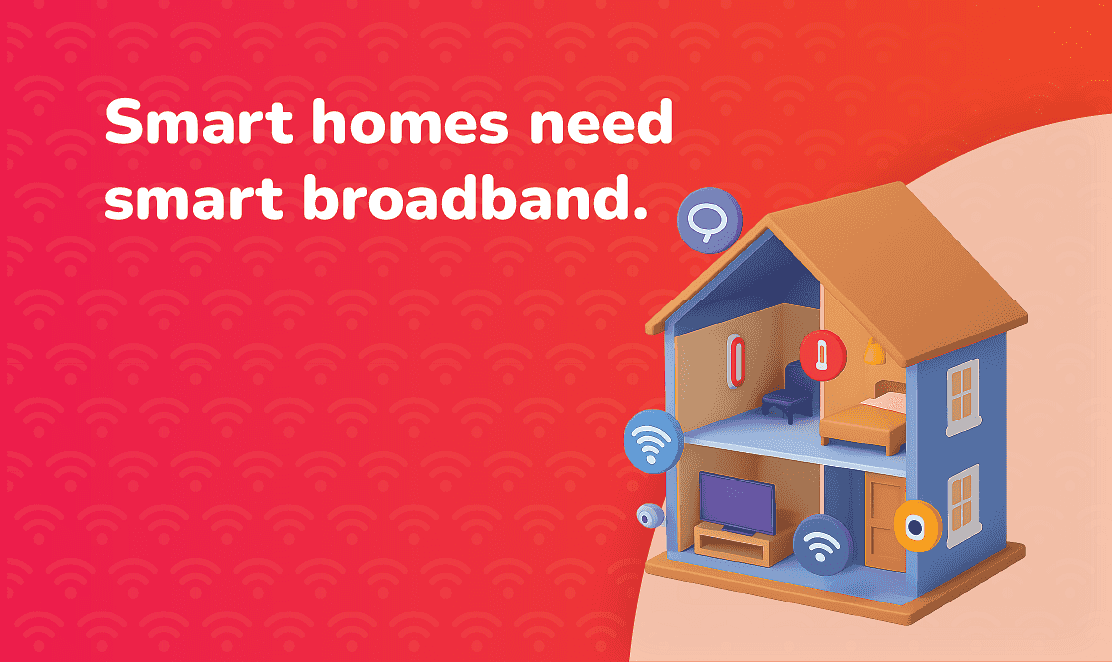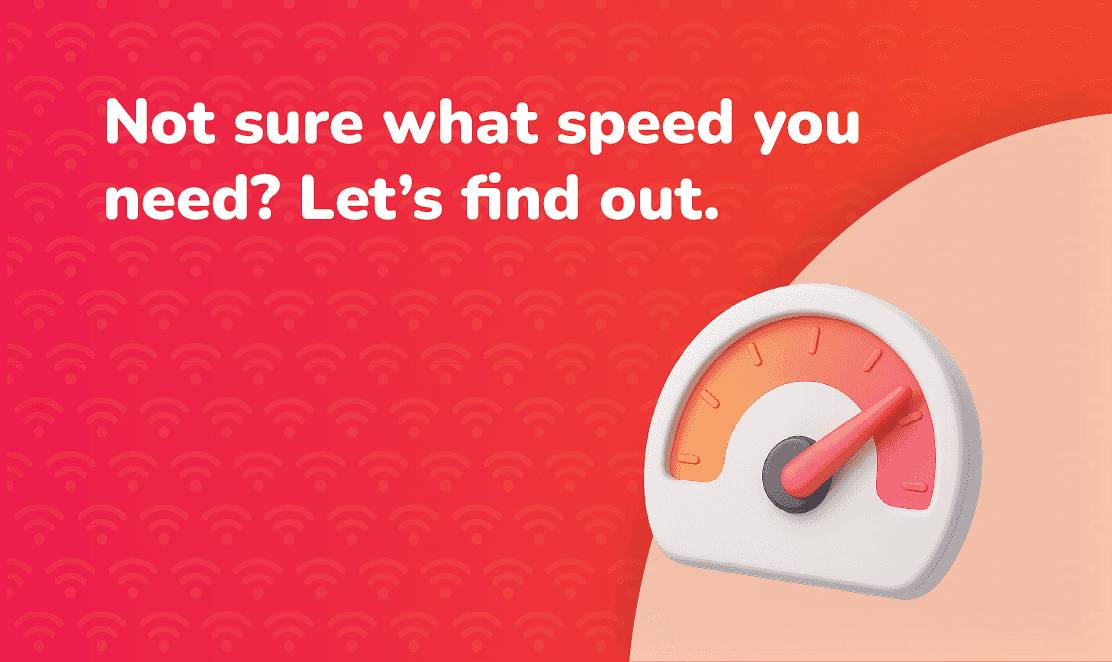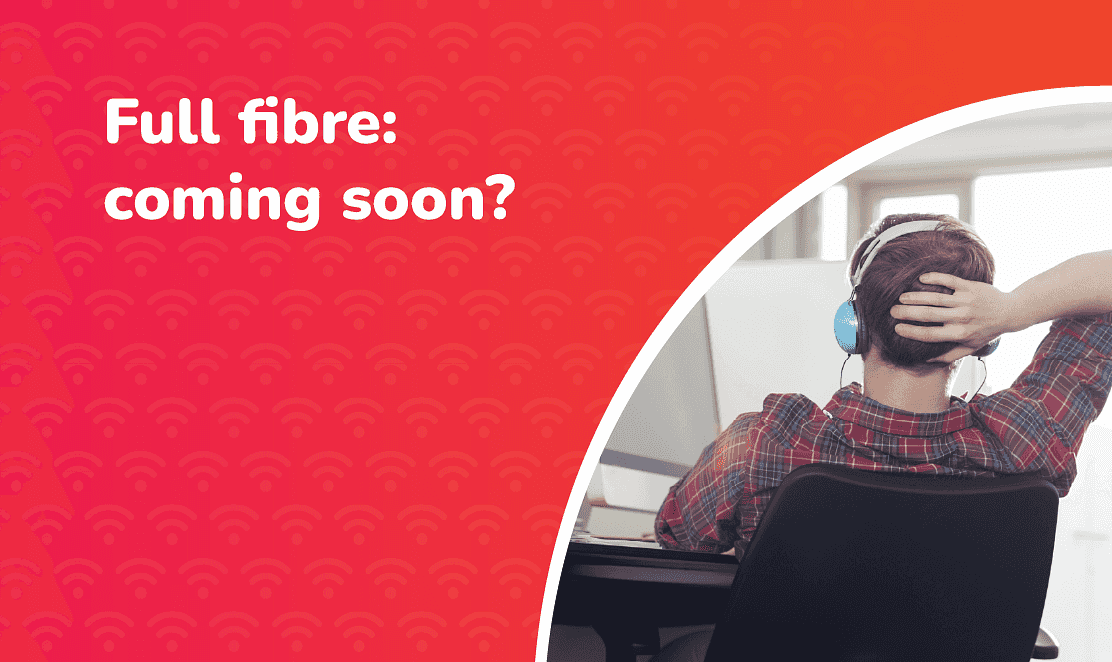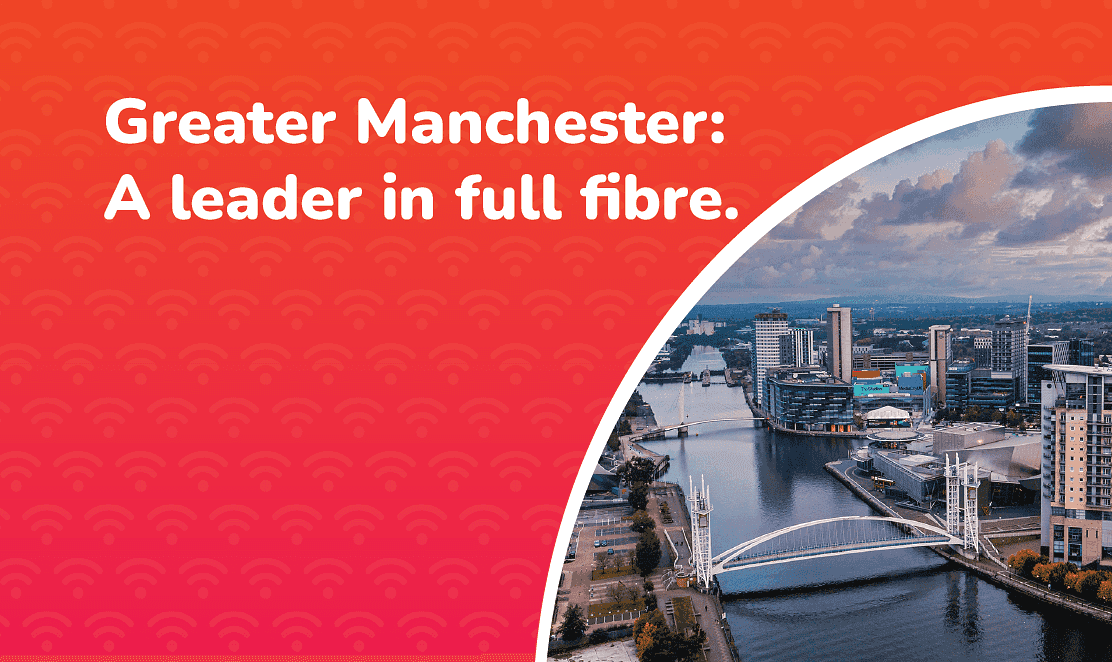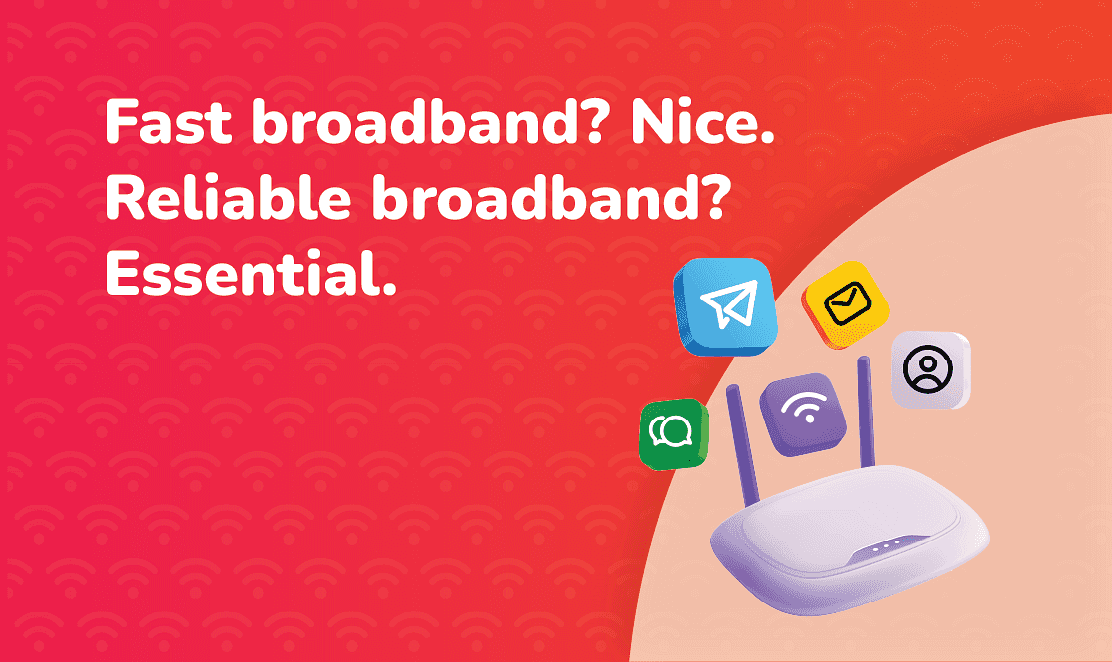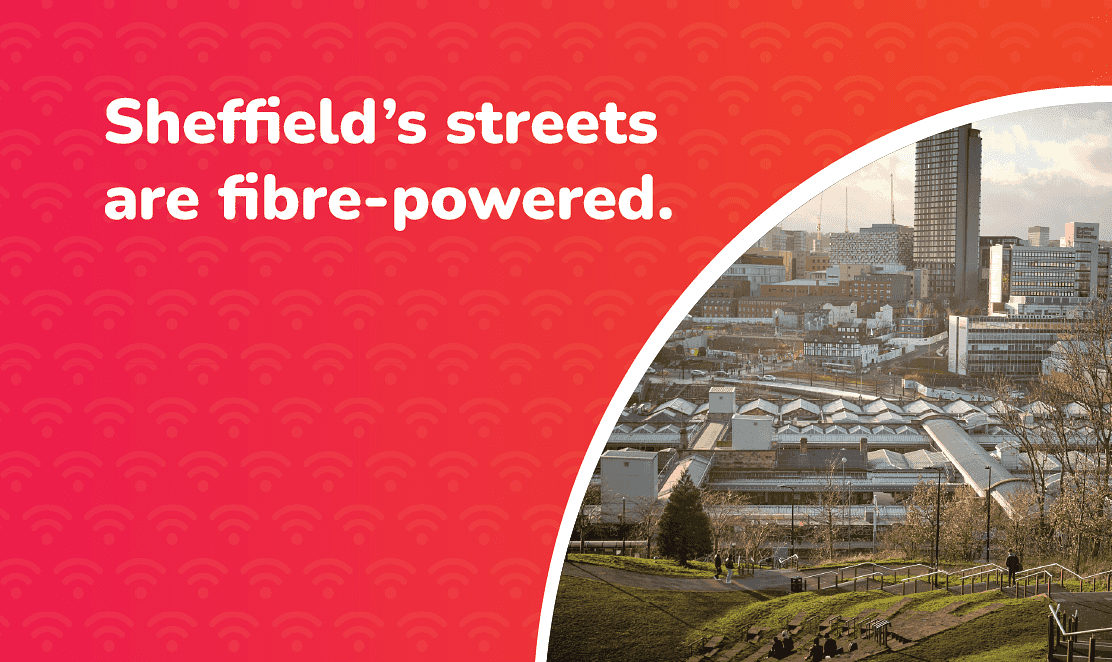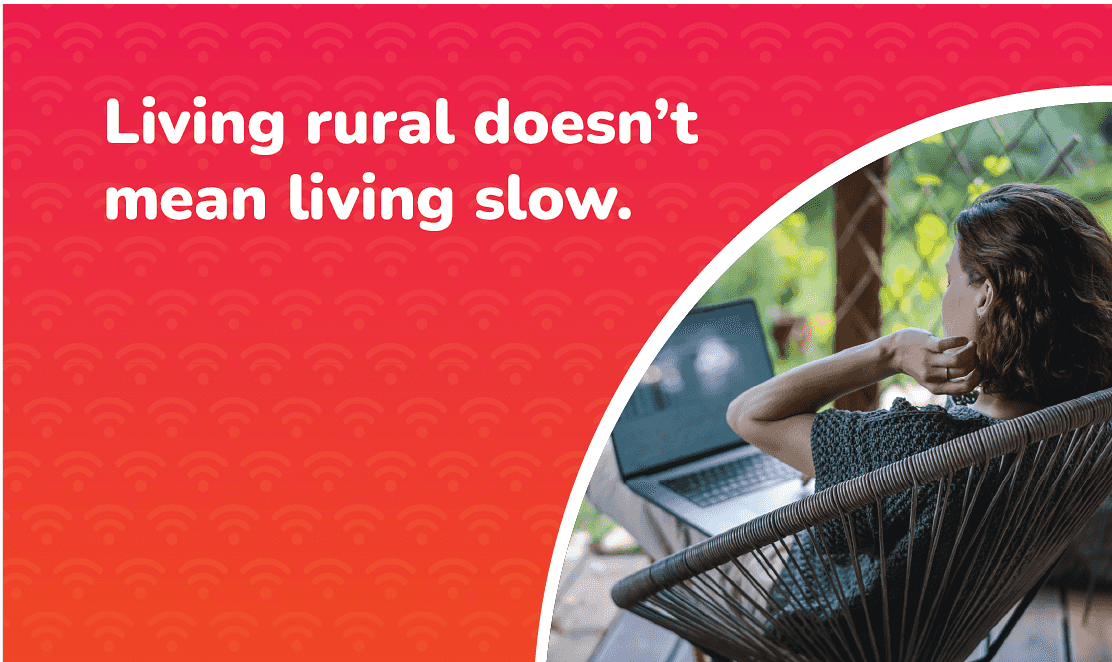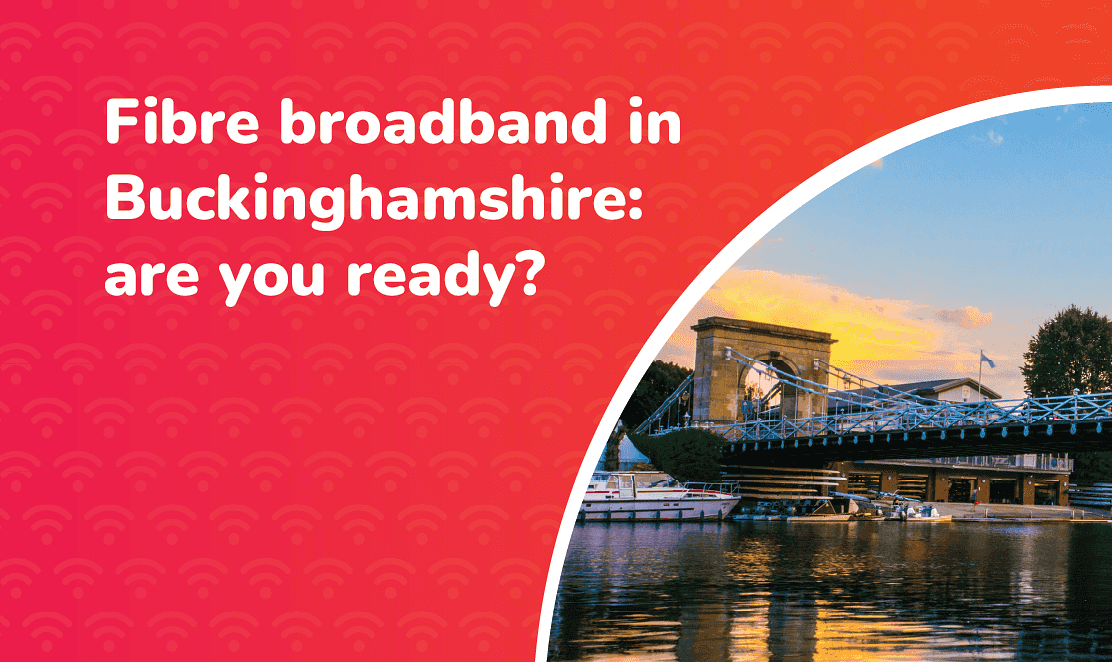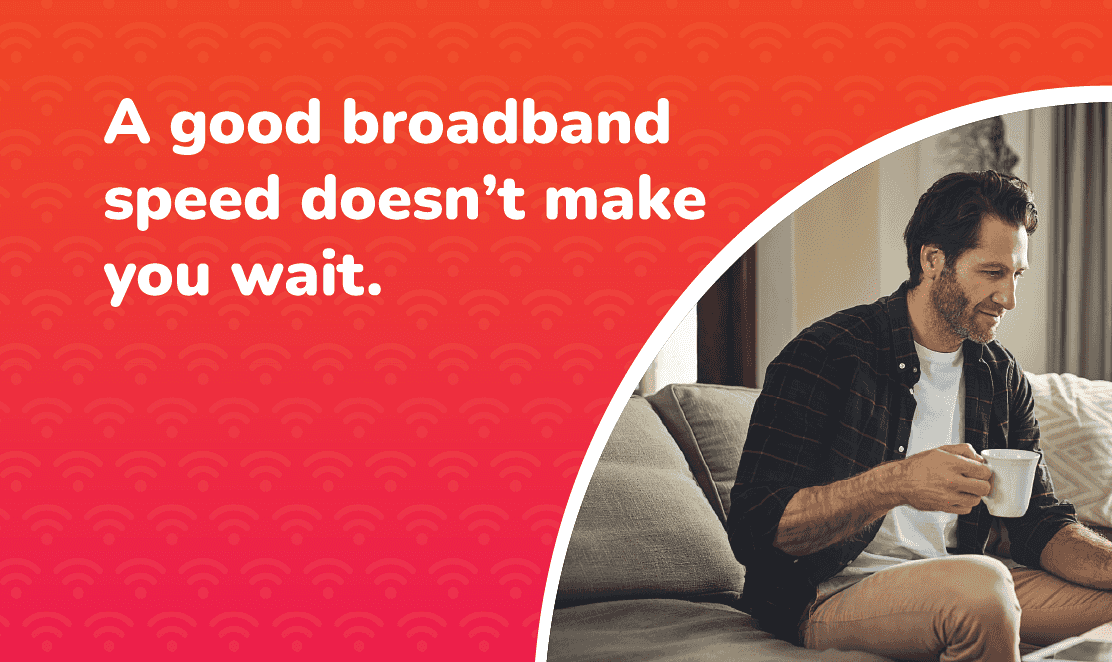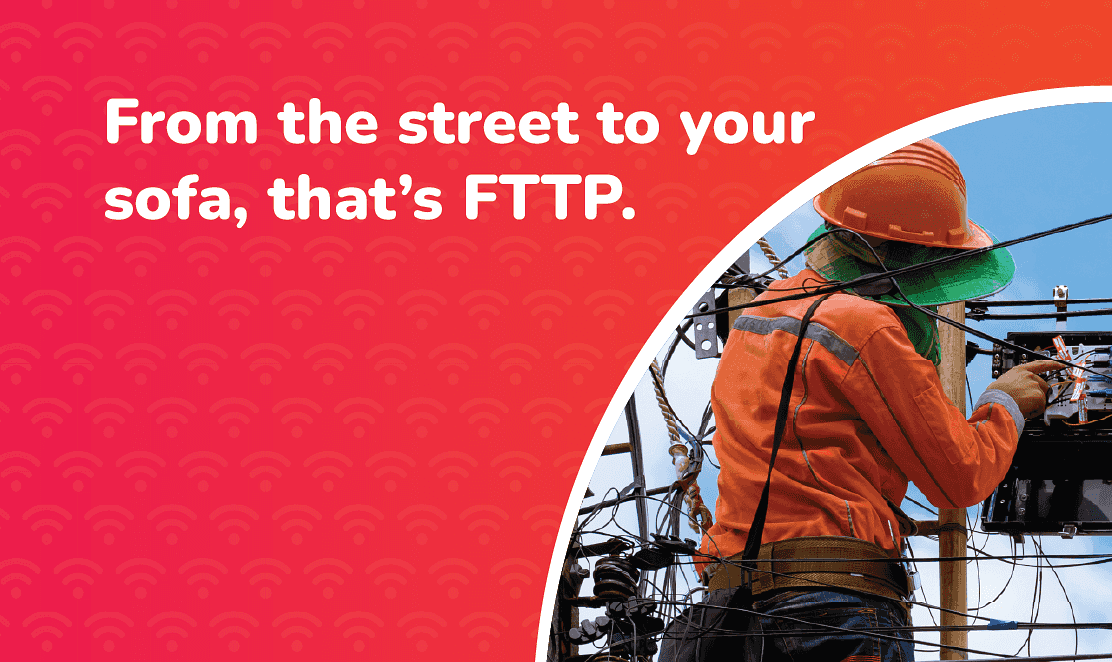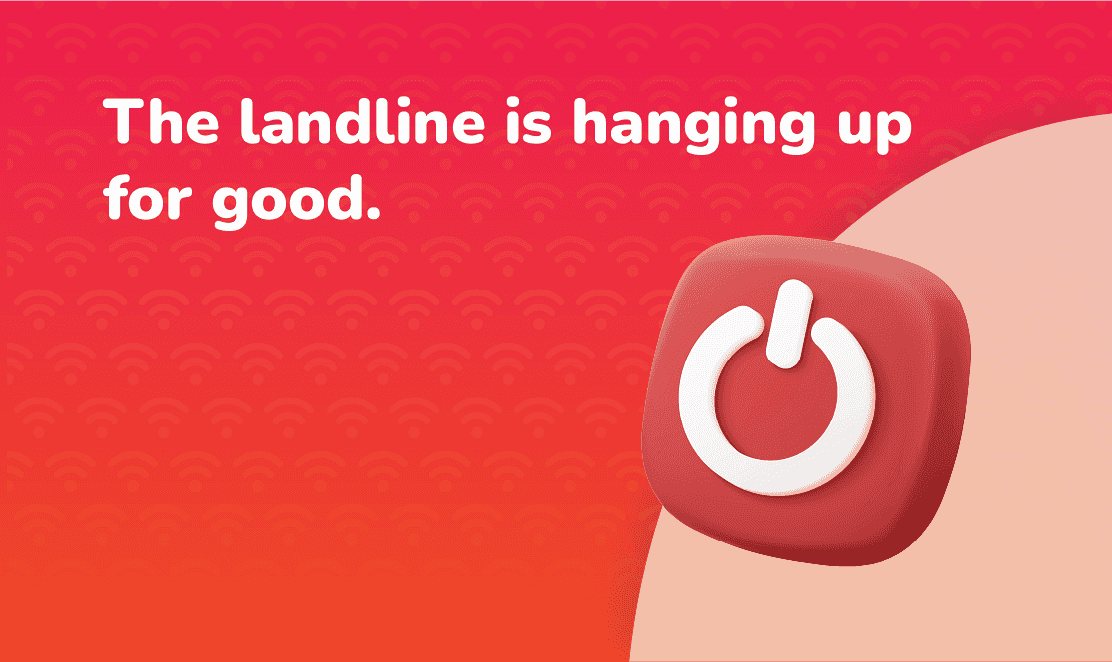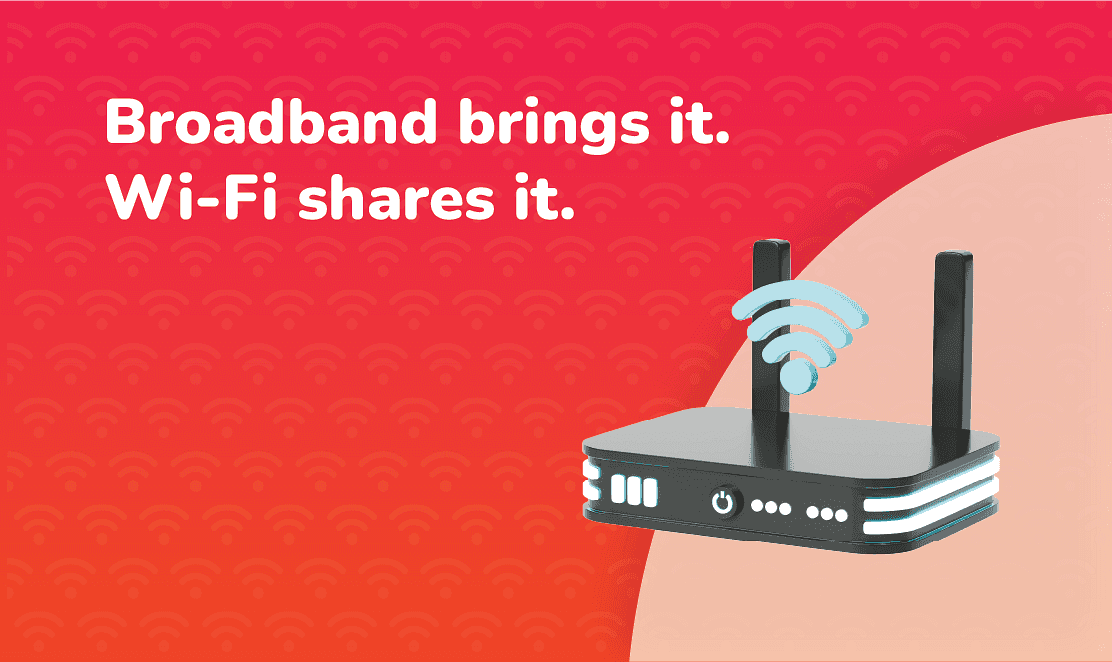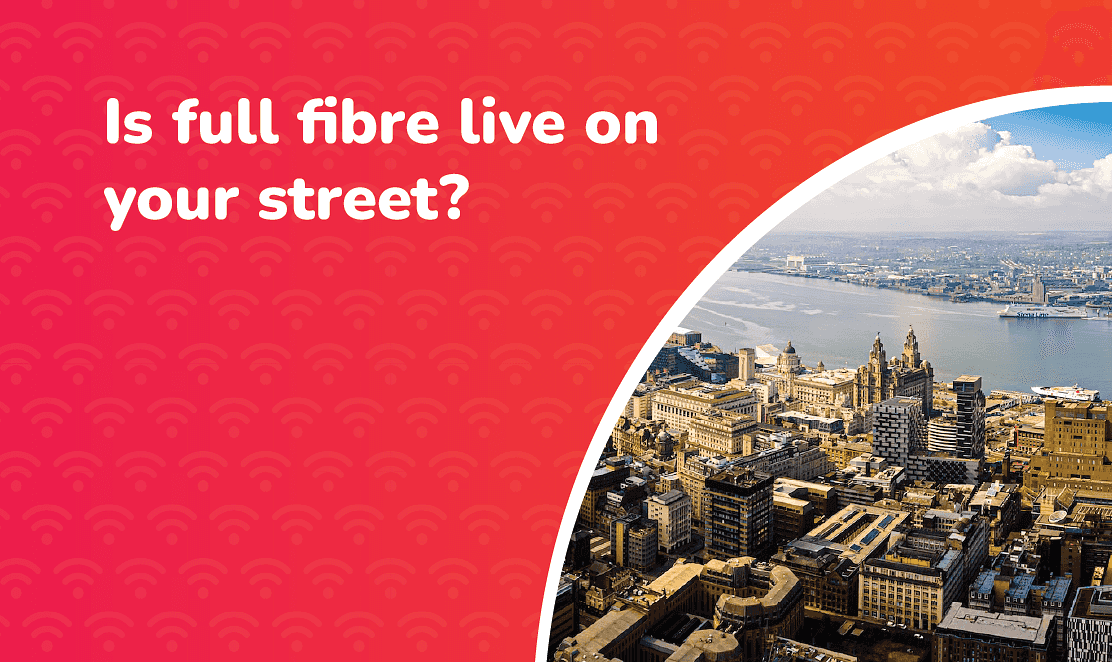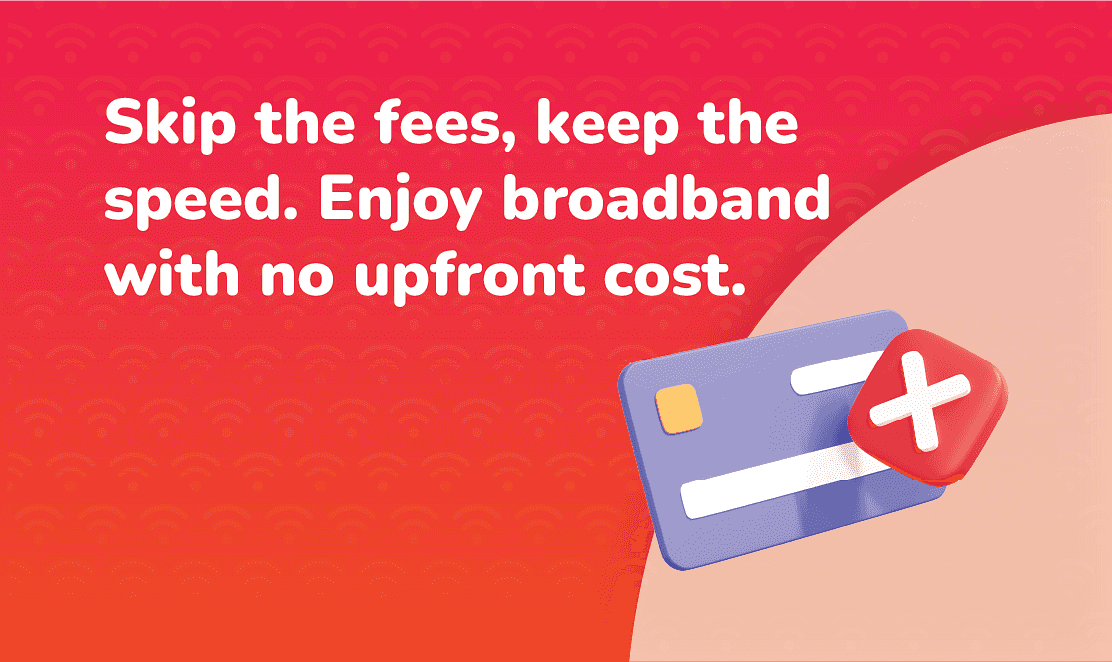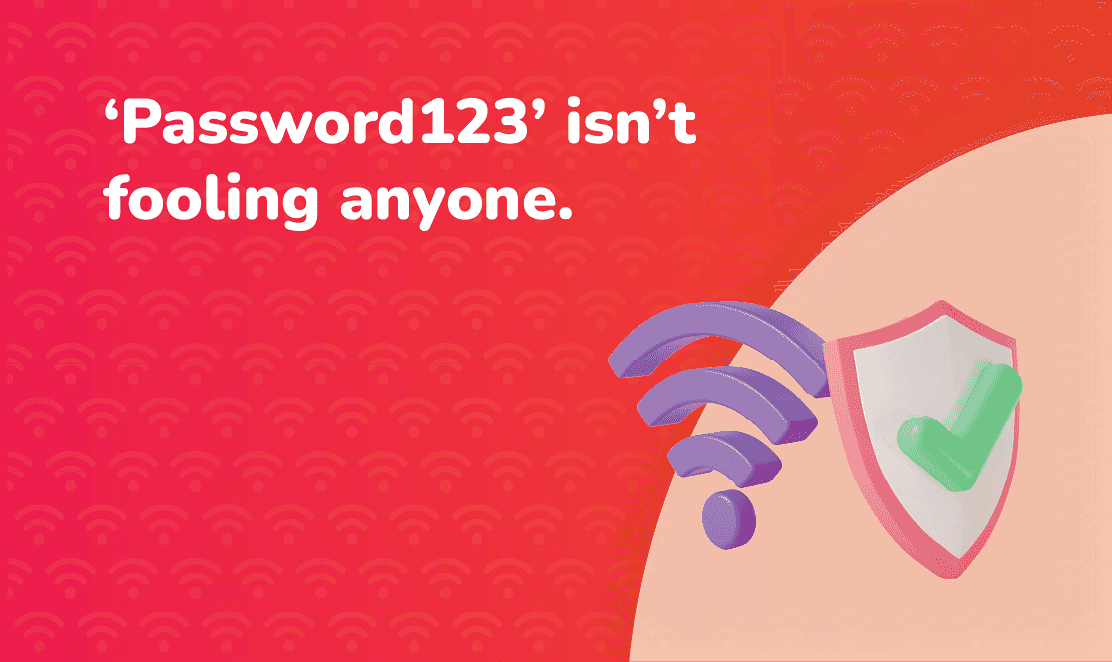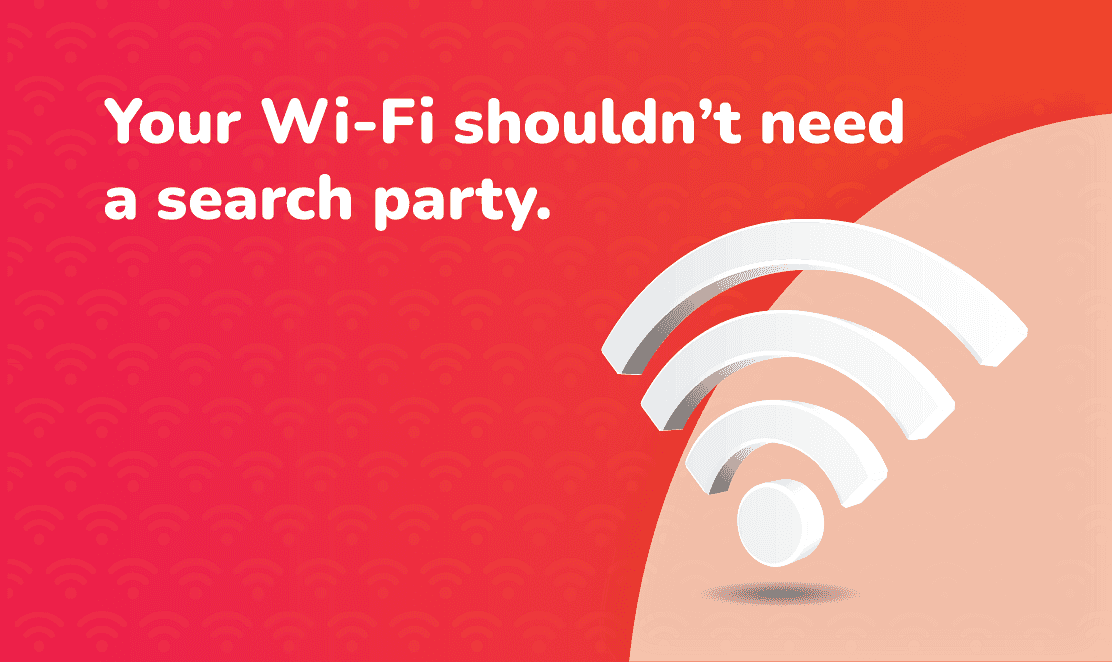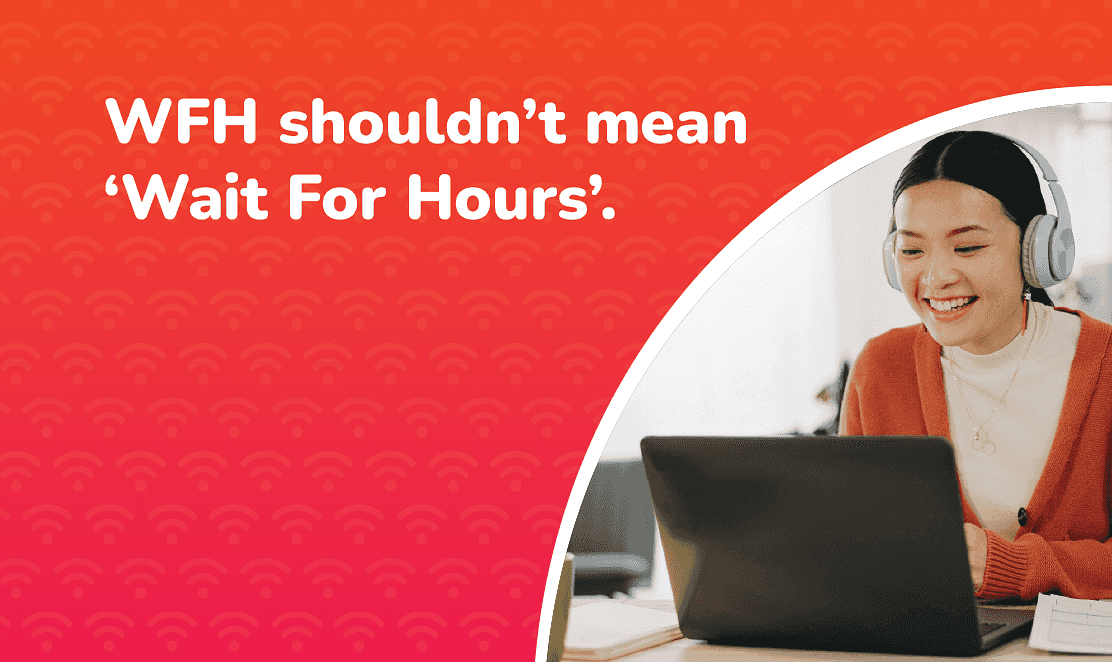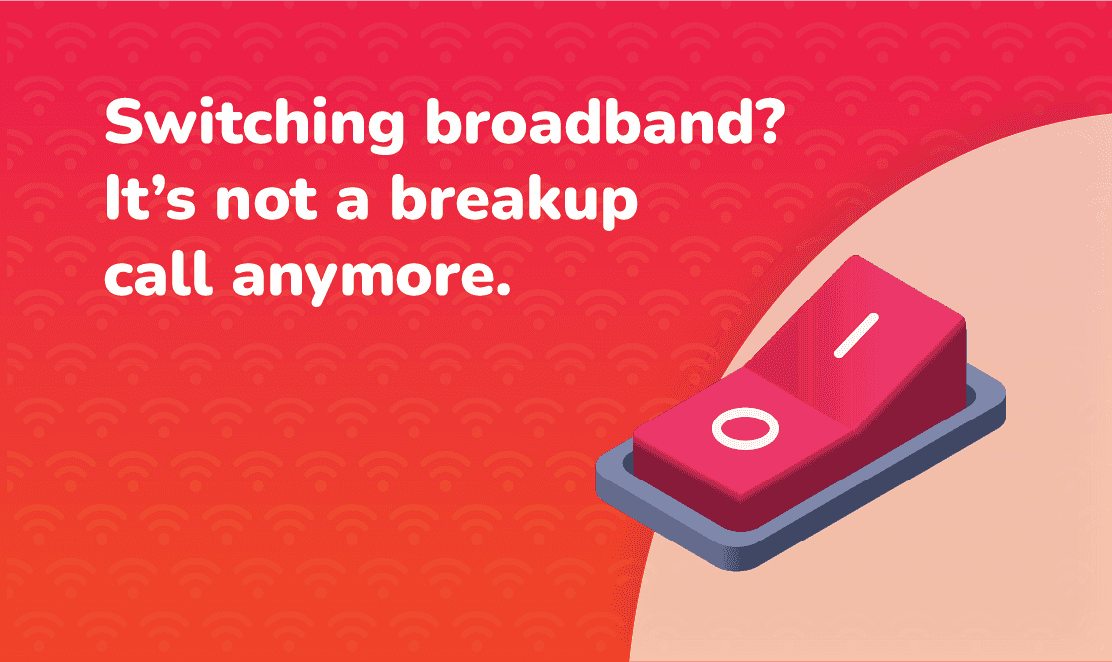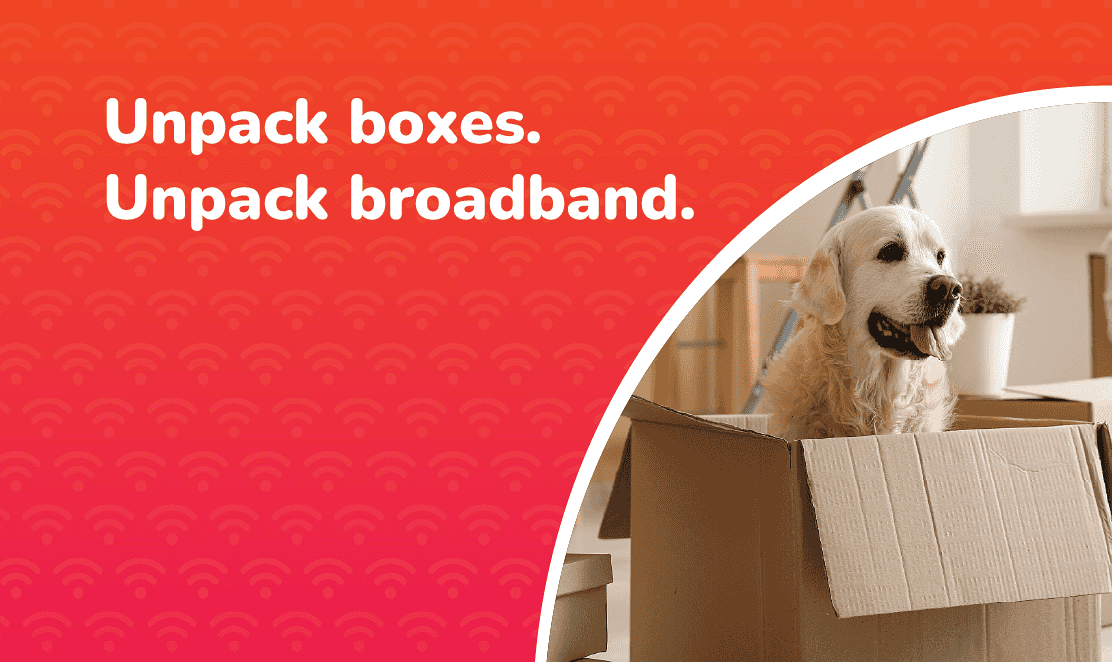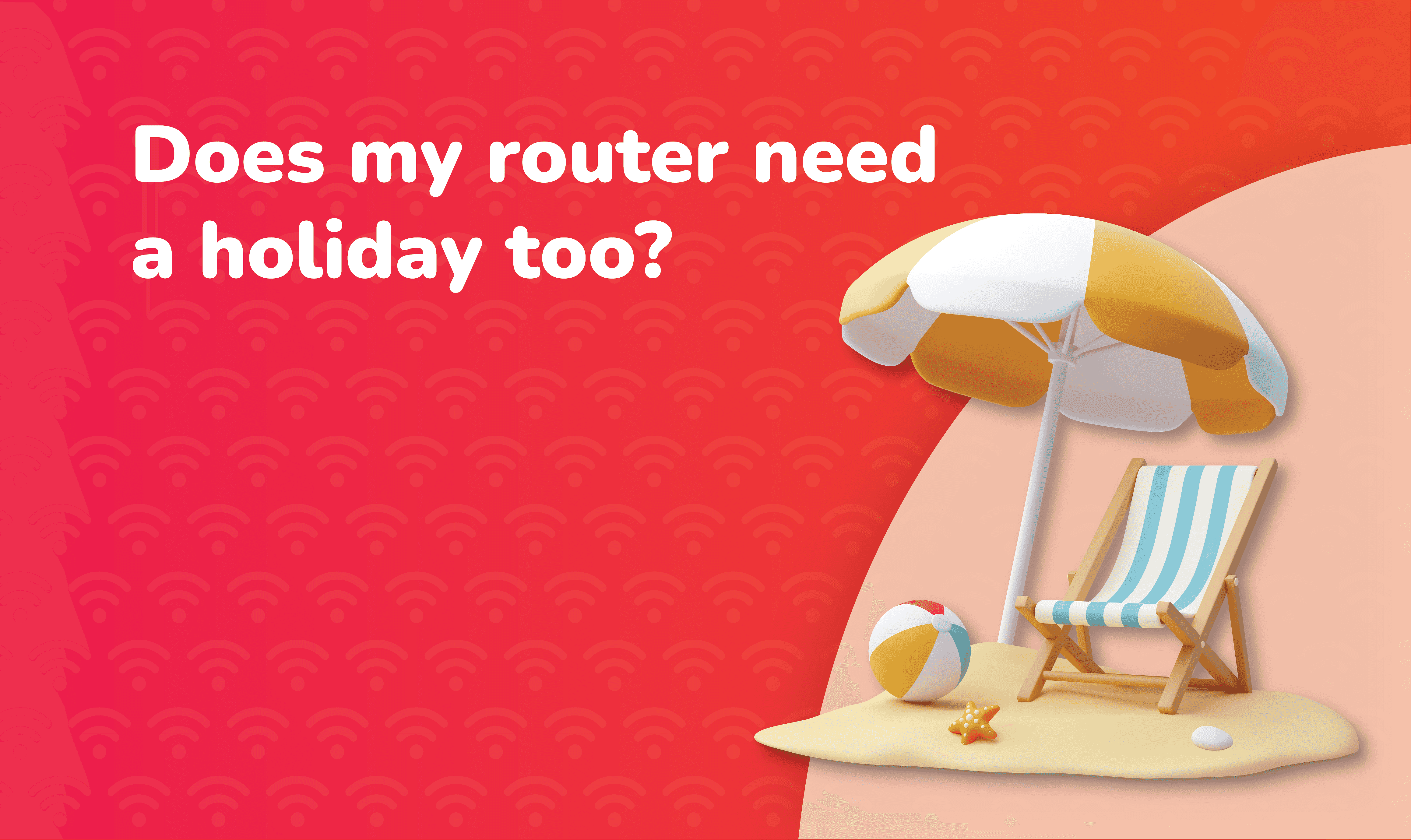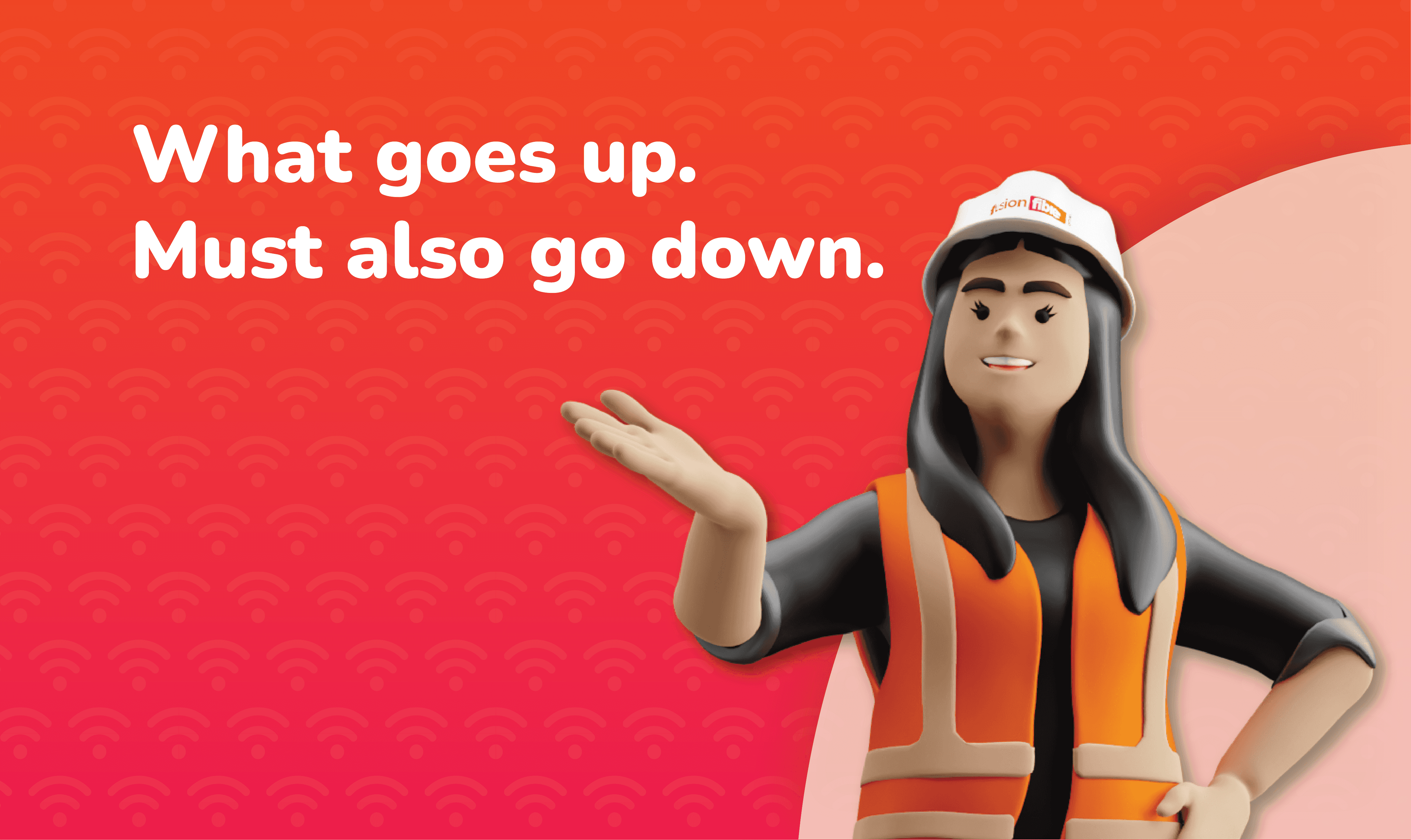Modern households are packed with devices. From smart TVs and laptops to consoles, tablets, and voice assistants, a typical UK household uses an average of 18 devices, all of which are competing for bandwidth. If your Wi-Fi slows down every time someone streams, games or joins a video call, it is time to ask whether your broadband can keep up.
In this guide, we explore how multiple devices affect your Wi-Fi, why full fibre is the answer for busy homes, and how to future-proof your connection.
Why Do Multiple Devices Slow Down Wi-Fi?
Every device in your home draws on your broadband connection. Even background activity such as software updates or cloud backups uses bandwidth. The more devices online at once, the more your network has to share its resources. Find out more about broadband bandwidth in our guide.
With older copper-based broadband such as standard ADSL or part-fibre (FTTC), this can mean:
- Video calls breaking up
- Games lagging at crucial moments
- Streams buffering in the middle of films
- Smart devices disconnecting unexpectedly
How Much Broadband Speed Do You Need for a Busy Household?
The right broadband package depends on both the number of devices in your home and how they are used. For example:
- Light use: Browsing, email, or social media may manage with an entry-level package.
- Everyday streaming and calls: HD streaming and regular video calls need mid-range options.
- Heavy use: Gamers, remote workers, and 4K streamers need higher-capacity broadband.
- Large households: Families with multiple TVs, laptops, consoles, and smart devices are best served by full fibre.
It is important to remember that the right package depends on more than speed. Choose a plan that matches your household’s usage habits. To learn more, read our guide on Broadband Speed Isn’t Everything.
For more guidance, see our article: What is a Good Broadband Speed?
Why Full Fibre is the Best Choice for Multiple Devices
Full fibre broadband (FTTP) provides a dedicated fibre optic cable that runs all the way into your home. Unlike FTTC or ADSL, which rely on copper, full fibre eliminates the weak link that causes slowdowns and dropouts.
This direct fibre connection means your household gets:
Consistent performance
No copper bottleneck means stable speeds whether one person is checking emails or the whole family is streaming and gaming.
Lower latency
Gaming, streaming, and video calls run smoothly with real-time responsiveness.
Room for growth
As more smart devices enter UK homes, full fibre provides the capacity to handle them without strain.
Future-proof connectivity
With the copper network being retired ahead of the PSTN Switch Off in 2027, full fibre ensures your home is ready for the digital future.
Switching to full fibre gives busy households peace of mind that their connection can handle today’s demands as well as tomorrow’s.
Wi-Fi Tips for Busy Homes
Even with ultrafast broadband, Wi-Fi setup matters. To get the best performance:
- Place your router in a central, open position
- Use wired connections for consoles or desktop PCs
- Add mesh Wi-Fi or boosters for large houses
- Keep router and device firmware updated
For more help, read our Wi-Fi guides:
- Where Should You Place Your Wi-Fi Router?
- What is Blocking Your Wi-Fi Signal?
- Top 10 Tips on How to Improve Broadband Speed
- 9 Ways to Secure Your Home Wi-Fi Network
- How to Troubleshoot Wi-Fi and Router Issues
Rising Device Use and the Case for Full Fibre
According to Ofcom, a typical UK household now uses an average of 18 connected devices. This surge underscores why the rollout of full fibre broadband is so critical. As homes become more connected, robust high-capacity networks are no longer optional but essential.
FAQs: Broadband for Multiple Devices
How many devices can my broadband handle?
Most standard packages handle 4–8 devices comfortably. For 10 or more, full fibre broadband is strongly recommended.
What is the best broadband for families in the UK?
Full fibre broadband delivers the speed, stability, and ability to support many devices at once, making it ideal for families.
Does Wi-Fi slow down with too many devices?
Yes, older routers and slower broadband will struggle with many devices online. Upgrading to full fibre and modern Wi-Fi equipment improves performance.
How do I know if my Wi-Fi is overloaded?
If video calls freeze, games lag, or streaming buffers when multiple people are online, your Wi-Fi may be overloaded. Full fibre is the best solution.
Can I improve Wi-Fi without changing broadband?
Yes, try repositioning your router, using Ethernet cables, and adding a Wi-Fi booster.
How do I check broadband availability in my area?
Use the Fusion Fibre Group Full Fibre Availability Checker to see if fibre is live at your postcode.
Switch to Full Fibre and Keep Every Device Connected
From streaming and gaming to remote working and smart tech, busy UK homes need broadband that can handle multiple devices at once. Full fibre provides the speed, stability, and future-proof connection that modern households demand.
Ready to upgrade? Check your postcode today and get connected with Fusion Fibre Group.


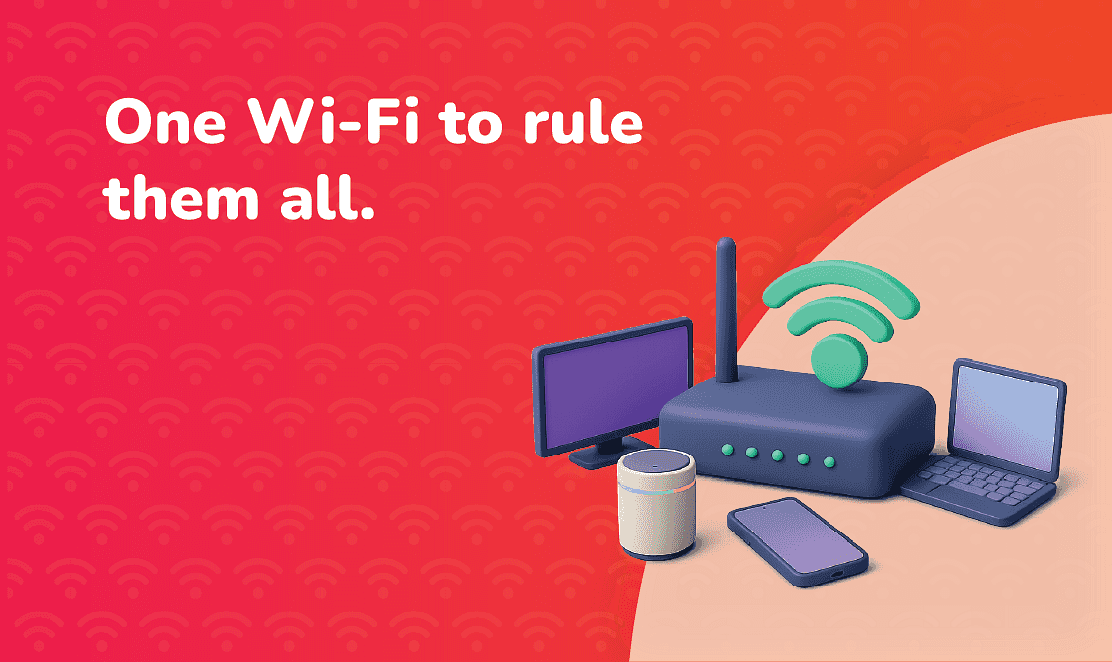 No image Big Thumb
No image Big Thumb 

